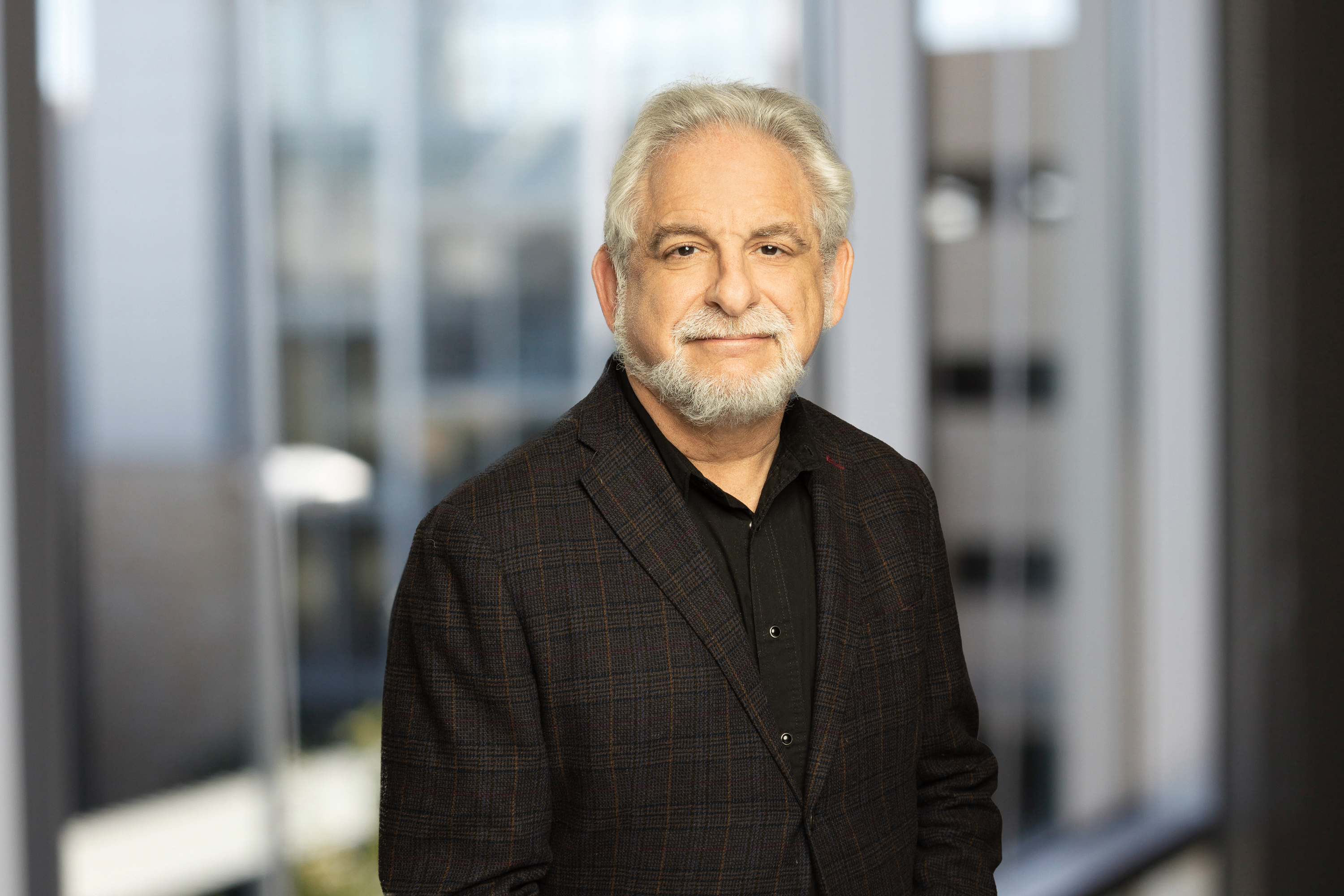As the most common heart valve disease, regurgitation of the mitral heart valve, affects hundreds of thousands of individuals around the world each year and requires surgical repair. While a repair procedure may be successful for one patient, another may not fare as well and require additional procedures with increased risk or even perish without additional treatment. It remains largely unknown why certain patients undergoing mitral heart valve repair do well and others do not. Extensive clinical trials are still unable to solve this problem. So, what can be done?
Michael Sacks and his collaborators are answering that question through the development of patient specific physics-based computational models of mitral heart valves.
“We can now create a patient specific computational model of the mitral heart valve directly from clinical imaging to allow the immediate investigation of different ways clinicians can perform a particular surgical procedure,” said Sacks, Director of the Willerson Center for Cardiovascular Modeling and Simulation at the Oden Institute for Computational Engineering and Sciences. “The idea is to utilize these new methods so that the clinician can rapidly explore multiple scenarios on a computer and identify the optimal one before they go into the operating room.”

